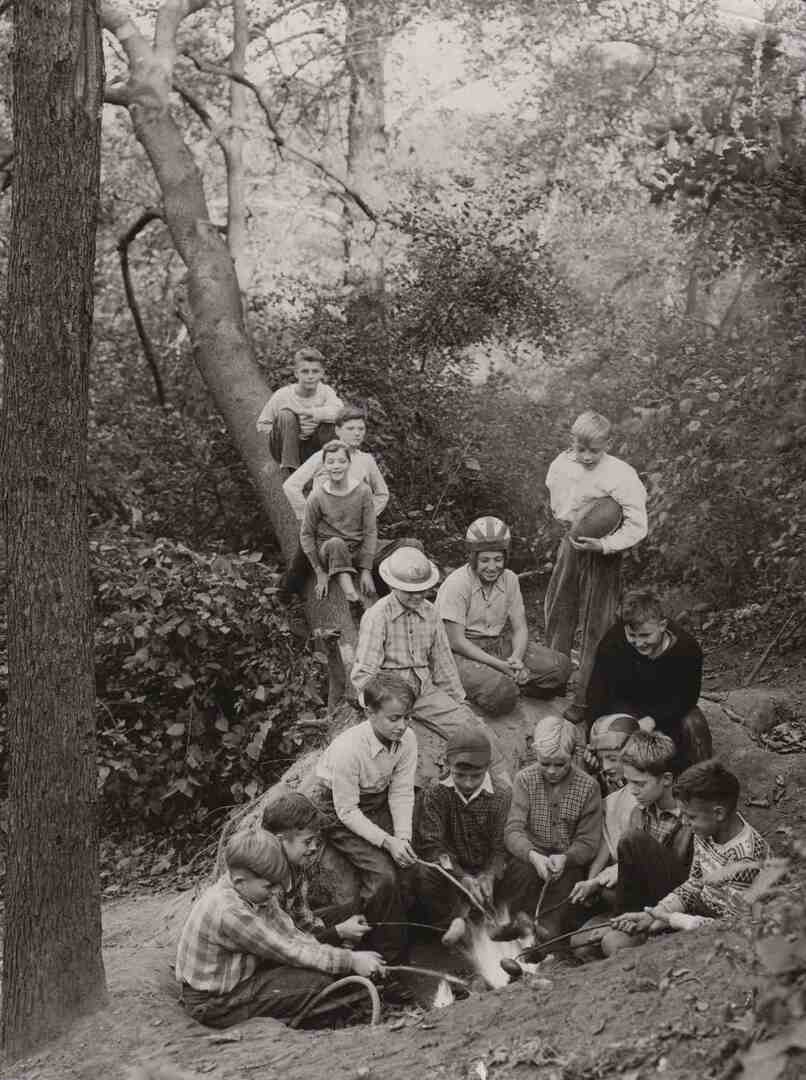Rockefeller Park

With the opening of Wade Park in 1882 and then Gordon Park some ten years later, the Doan Brook valley on Cleveland's east side was turning into a picturesque stretch of public parks as the nineteenth century drew to a close. On July 22, 1896, during a celebration of the city's centennial at the Central Armory, John D. Rockefeller's real estate agent J. G. W. Cowles announced another key piece in this transformation: Rockefeller had purchased nearly $250,000 worth of land along the valley to make the chain of parks complete from Lake Erie to Shaker Heights. Moreover, Rockefeller would give over $300,000 to the Cleveland Park Board for the beautification and maintenance of the new park. The crowd at the Armory responded with three cheers for Rockefeller and then quickly passed a resolution declaring that the park would forever bear his name.
Today, the portion of parkland named Rockefeller Park runs between Gordon and Wade Parks. Roughly two miles long, it was the recipient of a good portion of Rockefeller's funds. Here, the Doan Brook, which has been culverted underground for much of its path through University Circle, flows in the open past the Cultural Gardens. The park may bear Rockefeller's name, but it reflects the hand of landscape architect Ernest W. Bowditch of Brookline, Massachusetts. Bowditch, who frequently worked with Frederick Law Olmsted Sr. and John Charles Olmsted of the Olmsted Brothers firm as a surveyor or draftsman, sculpted a park that in many ways embodied Olmstedian principles. Charles Schweinfurth's four elegant stone bridges (completed in 1900) carry traffic over Doan Brook and Martin Luther King Jr. Boulevard. In addition, this part of Rockefeller Park features tennis courts, picnic areas, and a bike trail. Here, one will also find the Rockefeller Park Lagoon, once a popular destination for ice skating, fishing, and boating. The city drained the lagoon for a time in the 1970s, but it has since been restored.
Audio
Images






